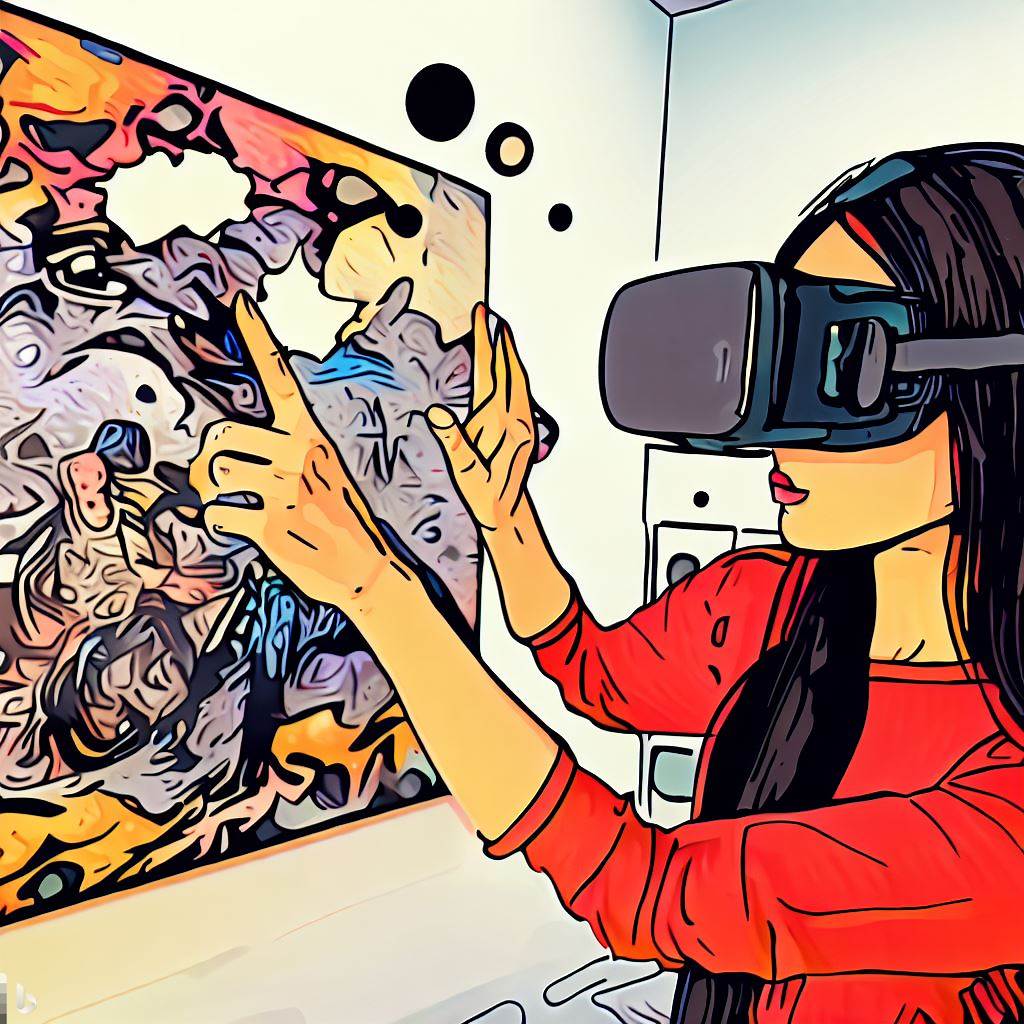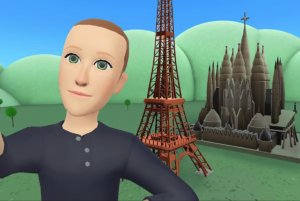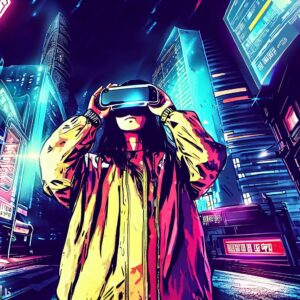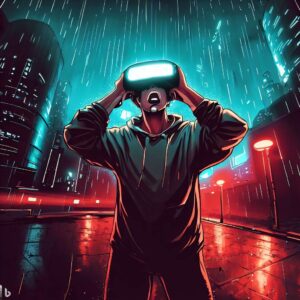Today, I’ll be revealing the revolutionary union between these two seemingly disparate worlds: NFTs and the Metaverse.
Let me begin by painting a picture: Imagine yourself stepping into a vibrant, digital realm where you can interact with others, buy virtual real estate, and even attend exclusive events
This is the Metaverse – a boundless, interconnected universe of virtual worlds and experiences. Now, imagine owning unique, digital assets that can be traded, showcased, and used within this Metaverse. These are called NFTs or Non-Fungible Tokens.
As I’ve seen on Reddit and other online forums, many people are asking the question, “Are NFTs related to Metaverse?” Well, it’s a captivating story that combines cutting-edge technology, human creativity, and the limitless potential of virtual experiences.
To truly grasp the revolutionary union between NFTs and the Metaverse, let’s dive deeper into what they are and how they’re transforming the digital landscape.
Understanding NFTs: The Building Blocks of Digital Ownership
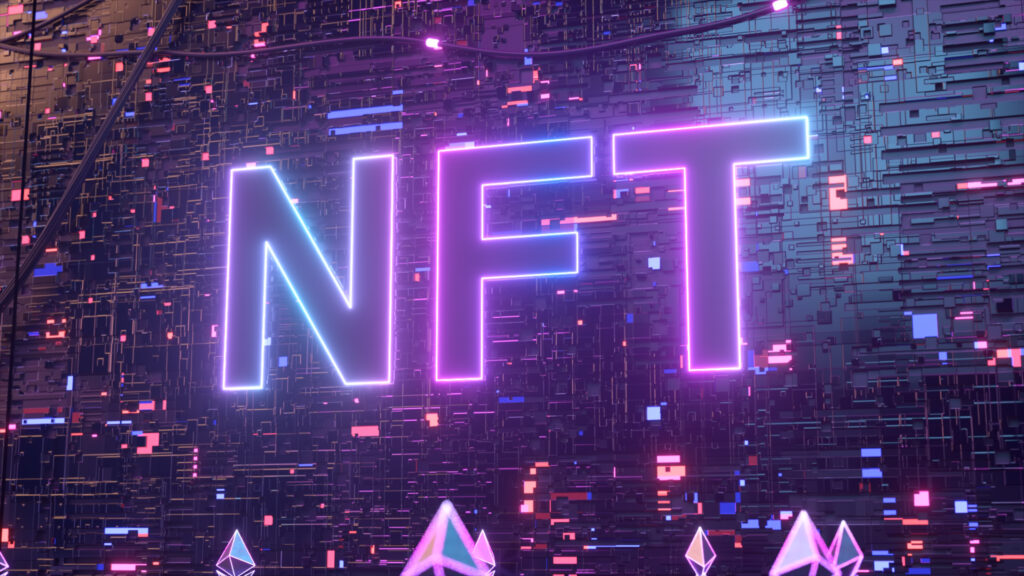
Before we delve into the connection between NFTs and the Metaverse, let’s first demystify NFTs themselves. At their core, NFTs are digital tokens that represent unique assets on the blockchain. Unlike cryptocurrencies like Bitcoin or Ethereum, NFTs are non-fungible, meaning that each one is unique and can’t be replaced with another.
Here are some key characteristics of NFTs:
- Indivisible: NFTs can’t be broken down into smaller units, like how you can’t split a concert ticket or a collectible card.
- Ownership: The blockchain ensures transparent ownership, allowing you to prove you own a specific digital asset.
- Transferable: NFTs can be bought, sold, or traded on various marketplaces, enabling a thriving digital economy.
NFTs can represent a wide range of digital assets:
- Digital art
- Virtual real estate
- Collectible items in games
- Music and video content
- Domain names
But how do NFTs play a role in the Metaverse? The answer lies in how these digital assets can be utilized and integrated within the virtual worlds that make up the Metaverse. From owning virtual land to trading in-game items, NFTs are the building blocks that facilitate digital ownership and transactions in the Metaverse.
In the next section, we’ll explore the concept of the Metaverse and how it’s revolutionizing the way we interact with digital environments.
The Metaverse: A New Frontier for Virtual Worlds and Experiences
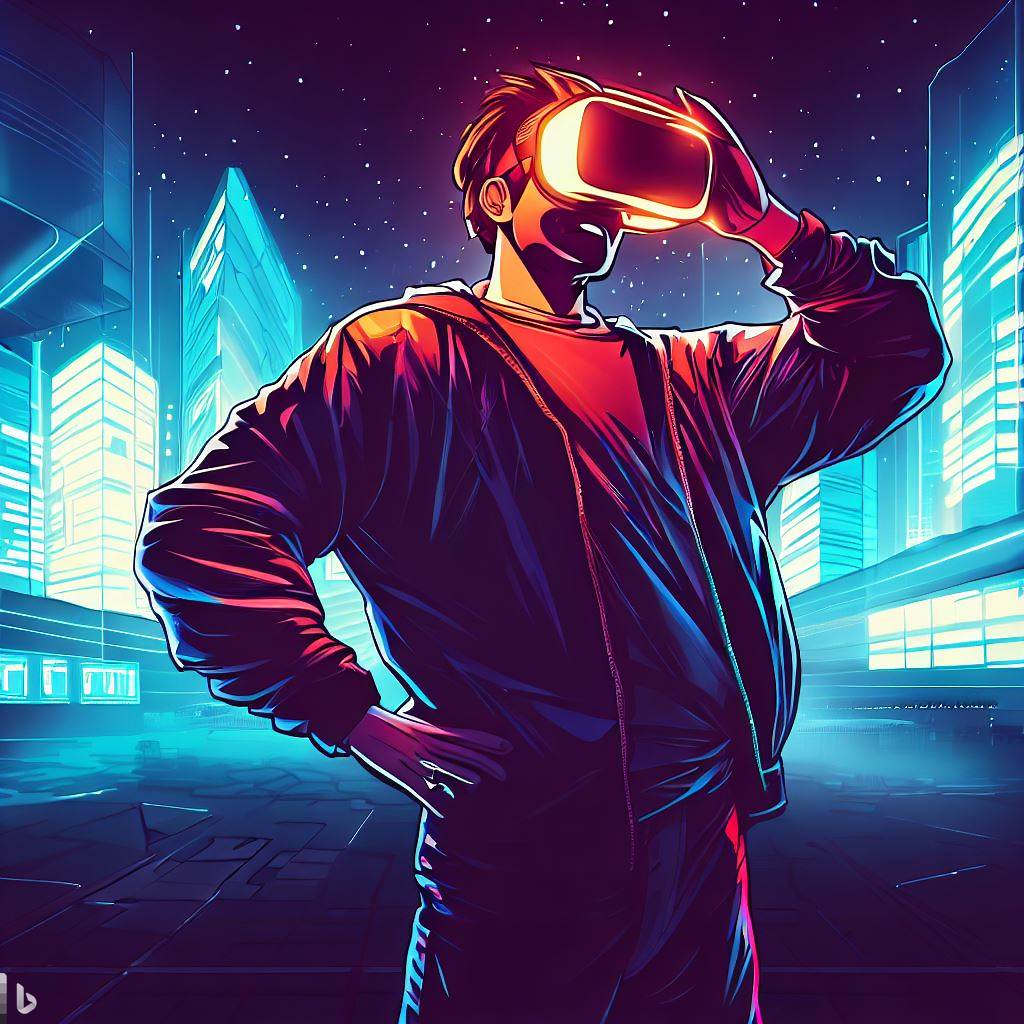
Now that we have a solid understanding of NFTs, let’s dive into the Metaverse, which is often hailed as the new frontier for virtual worlds and experiences.
The Metaverse is a vast, interconnected digital universe composed of various virtual worlds, platforms, and applications. It allows users to engage with each other and their environment in ways that were previously unimaginable.
In a recent article I wrote, Metaverse vs VR: The Differences You Need to Know, I discussed how the Metaverse differs from traditional virtual reality (VR). While VR is often limited to specific applications and experiences, the Metaverse transcends these boundaries, creating a seamless, immersive ecosystem where users can:
- Interact with others: Engage in social activities, attend live events, and collaborate on projects with friends and strangers alike.
- Participate in the digital economy: Buy, sell, and trade virtual goods, services, and real estate using cryptocurrencies and NFTs.
- Experience endless possibilities: Explore various virtual worlds, each with unique themes, mechanics, and rules.
- Create and customize: Build personalized avatars, design virtual spaces, and contribute to the growth of the Metaverse.
The Metaverse is a breeding ground for innovation, enabling developers, artists, and entrepreneurs to create new experiences and business models.
By leveraging the power of blockchain technology, NFTs, and other emerging technologies, the Metaverse is shaping the future of digital experiences.
With this foundation in place, we can now delve into the exciting intersection of NFTs and the Metaverse, and how these two groundbreaking concepts are working together to revolutionize the digital landscape.
The Synergy of NFTs and the Metaverse: Unlocking Endless Possibilities
Having explored both NFTs and the Metaverse individually, it’s time to dive into the synergy between these two groundbreaking concepts.
The combination of NFTs and the Metaverse is unlocking a myriad of possibilities, enabling seamless integration of digital assets, virtual experiences, and real-world value. Let’s explore some key areas where NFTs are revolutionizing the Metaverse experience.
Virtual Real Estate
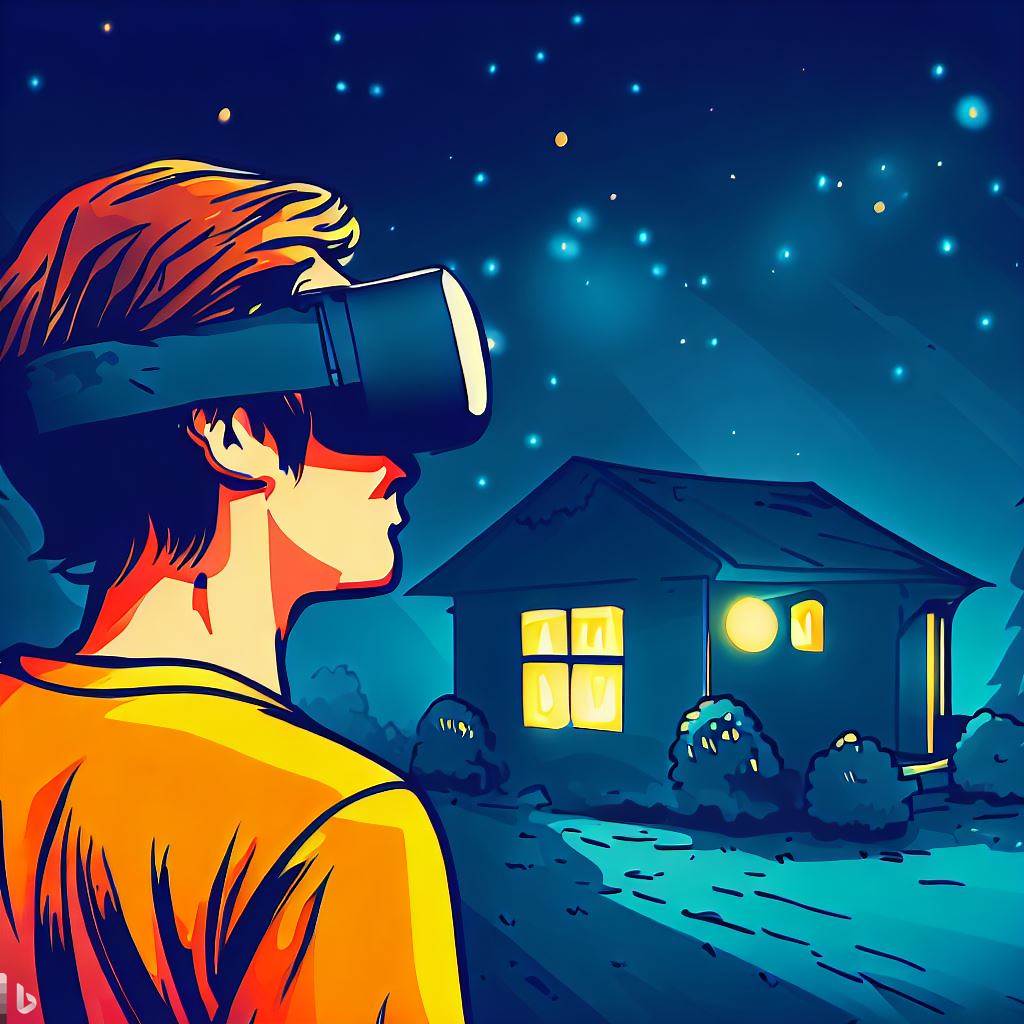
NFTs have given rise to a booming virtual real estate market, where users can buy, sell, and develop digital land within the Metaverse. These virtual properties are represented as NFTs, which provide:
- Proof of ownership: Blockchain technology ensures the transparent ownership of digital land.
- Scarcity: Each virtual parcel is unique and limited, driving demand and value.
- Customization: Owners can develop their virtual land, build structures, create experiences, or even rent it out to generate income.
In-Game Assets
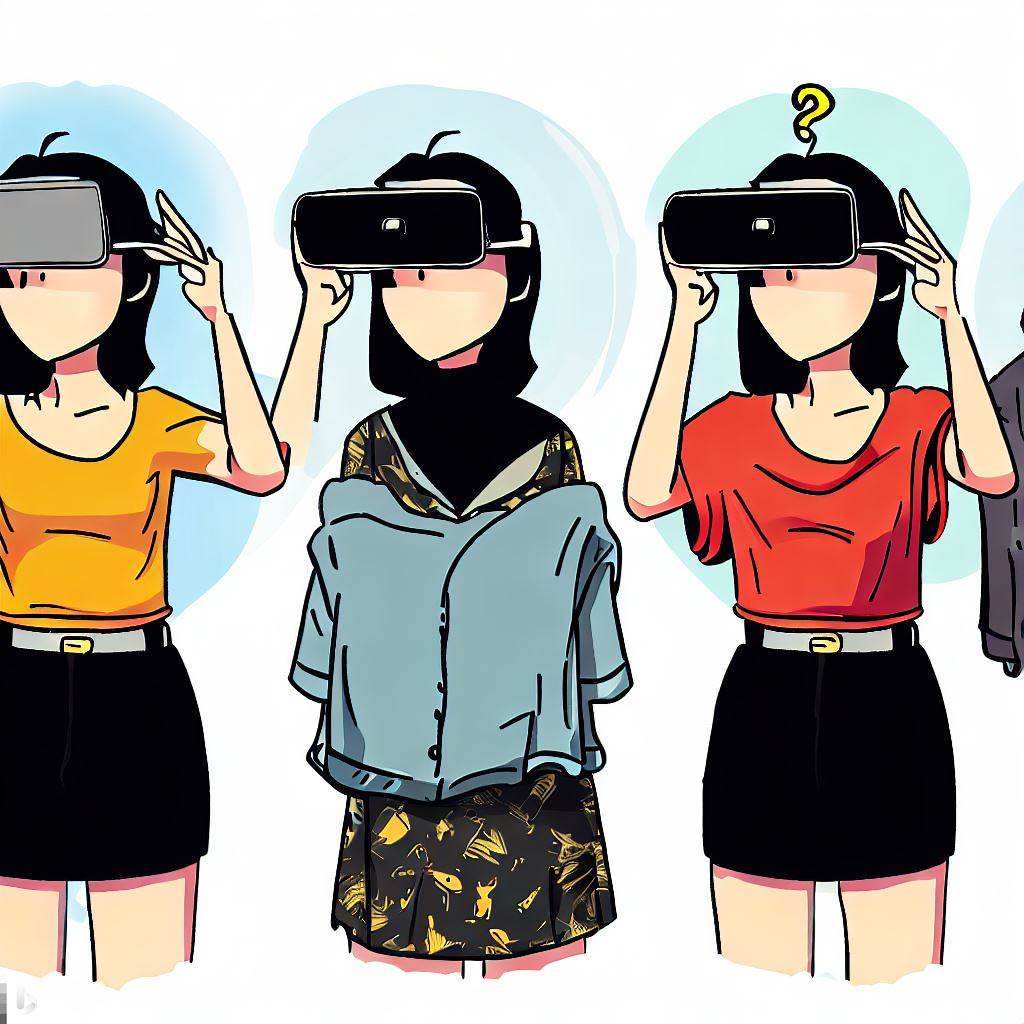
NFTs have transformed the gaming industry by enabling players to own, trade, and sell unique in-game assets. This integration of NFTs into gaming experiences within the Metaverse includes:
- Collectibles: Rare items, skins, or characters that can be bought, sold, or traded as NFTs.
- Cross-platform compatibility: NFT-based assets that can be used across different virtual worlds, breaking down barriers between games and platforms.
- Play-to-earn: Gamers can earn rewards in the form of NFTs or cryptocurrencies, creating new income opportunities.
Digital Art and Content
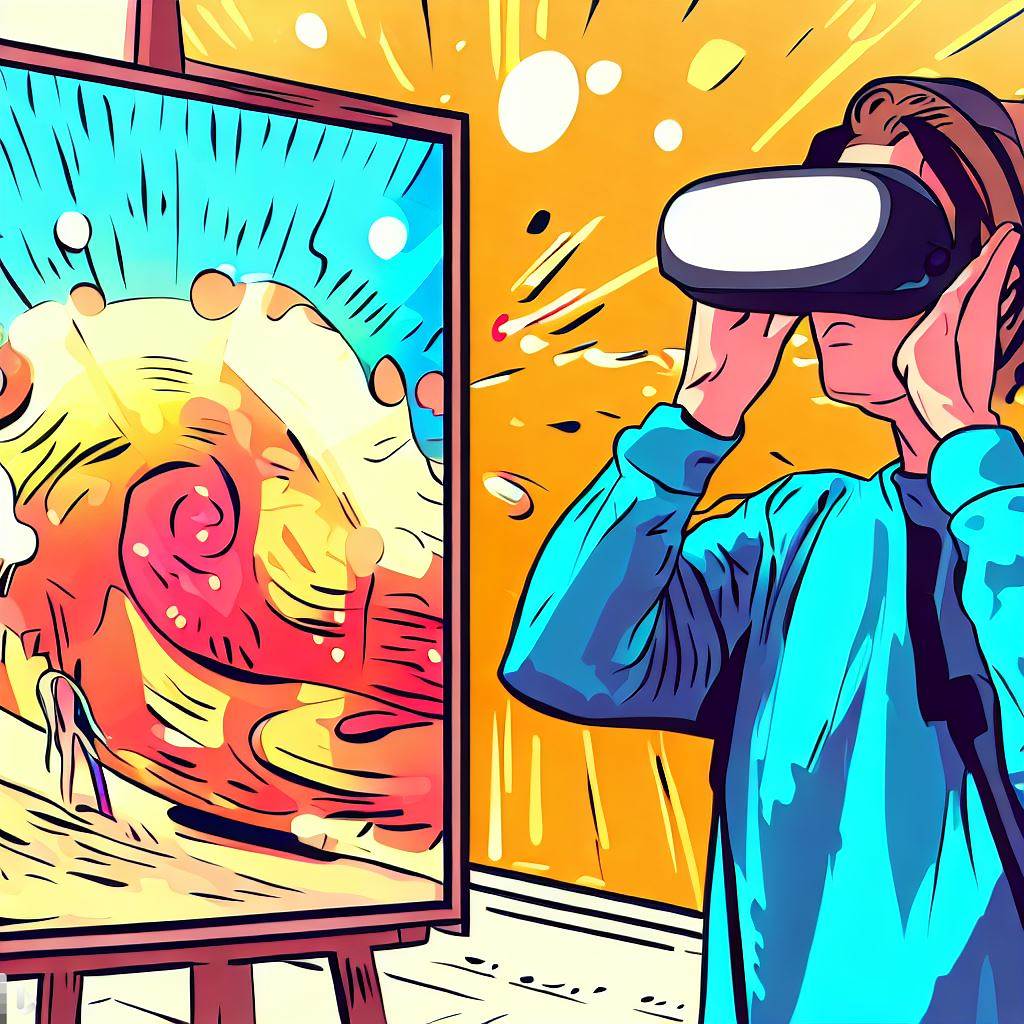
NFTs have sparked a renaissance in digital art and content, empowering creators to monetize their work within the Metaverse. This includes:
- Virtual galleries: Artists can showcase and sell their digital art as NFTs in immersive, virtual exhibition spaces.
- Royalties: NFTs can be programmed with smart contracts, ensuring creators receive royalties from secondary sales.
- Unique experiences: Musicians, performers, and content creators can offer exclusive, NFT-based events within the Metaverse.
The synergy of NFTs and the Metaverse is undeniably transformative, unlocking endless possibilities for creators, users, and entrepreneurs alike. As we continue to witness the convergence of these two revolutionary concepts, we can only imagine the incredible potential that lies ahead for the digital landscape.
The Future of NFTs and the Metaverse: A Glimpse into the Digital Evolution
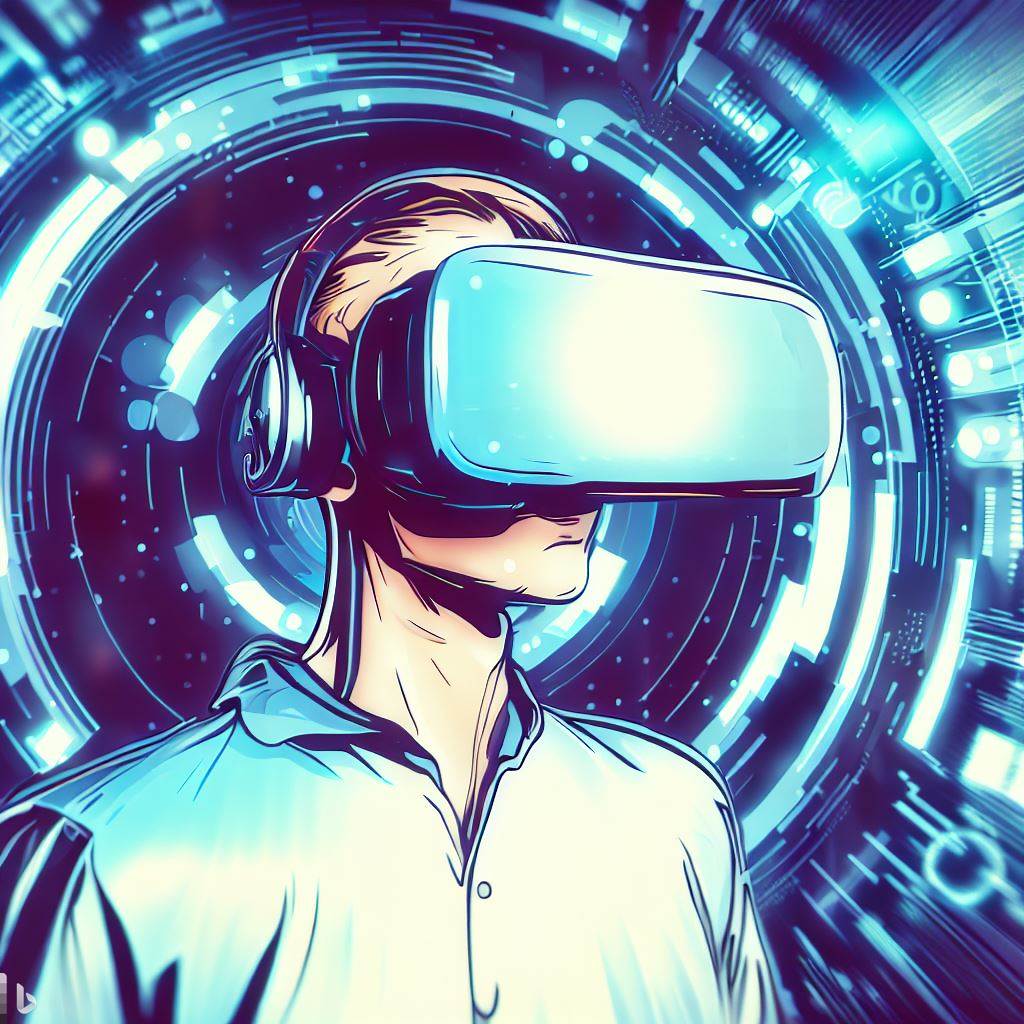
As we’ve explored the fascinating synergy between NFTs and the Metaverse, it’s essential to look ahead and envision what the future might hold for these revolutionary technologies.
The integration of NFTs into the fabric of the Metaverse is only the beginning, and as the digital landscape continues to evolve, so will the ways in which we interact with these virtual worlds.
Pioneering New Business Models
As NFTs and the Metaverse mature, we can expect to see a wealth of innovative business models emerge. These new ventures will capitalize on the unique properties of NFTs, enabling entrepreneurs to:
- Monetize virtual experiences: Offer premium access to exclusive events, masterclasses, or workshops within the Metaverse.
- Create branded virtual spaces: Establish immersive, interactive brand experiences for users to explore and engage with.
- Develop Metaverse-based services: Provide digital consulting, design, or development services catered specifically to the needs of the virtual world.
Expanding the Scope of NFTs
The applications of NFTs within the Metaverse are set to expand beyond the realms of art, gaming, and virtual real estate. Future developments may include:
- Education: NFT-based educational materials or credentials, such as diplomas and certifications, could be stored on the blockchain and accessed within the Metaverse.
- Identity: Personal identification, such as passports or driver’s licenses, could be represented as NFTs, enabling secure, verifiable identity management within virtual spaces.
- Physical-digital integration: NFTs could be used to bridge the gap between physical and digital assets, such as tying a physical artwork to its digital counterpart or enabling the redemption of digital tokens for physical products.
Enhancing Interconnectivity
As the Metaverse grows, we can anticipate greater interconnectivity between different virtual worlds, platforms, and ecosystems. This seamless integration will allow users to:
- Access multiple worlds: Easily transition between various virtual environments, bringing their digital assets and identities along with them.
- Collaborate across platforms: Work together on projects or engage in shared experiences, regardless of the specific virtual world or platform they inhabit.
- Participate in a global digital economy: Trade, invest, and interact with users and assets from different virtual worlds, creating a truly interconnected Metaverse economy.
The future of NFTs and the Metaverse is brimming with potential, promising to revolutionize not just the digital world but also the way we interact, collaborate, and create value. As we embrace this digital evolution, the possibilities are limited only by our imagination.
Challenges and Opportunities: Navigating the NFT-Metaverse Ecosystem
| Challenges | Opportunities |
|---|---|
| Scalability and Interoperability | Collaborative Innovation |
| Security and Privacy | Inclusivity and Accessibility |
| Regulation and Compliance | Economic Growth |
While the synergy between NFTs and the Metaverse holds immense potential, it also presents its fair share of challenges and opportunities. As we navigate this rapidly evolving ecosystem, it’s essential to identify and address the obstacles that lie ahead, as well as capitalize on the possibilities it offers.
Challenges
- Scalability and Interoperability: As the number of users and digital assets in the Metaverse grows, there is a need for improved scalability and seamless integration between different platforms and blockchains. Overcoming these technical hurdles is vital to ensure a smooth, interconnected virtual experience.
- Security and Privacy: Ensuring the safety and privacy of users’ data within the Metaverse is paramount. Implementing robust security measures and protecting sensitive information from cyberattacks will be crucial in maintaining user trust and promoting wider adoption.
- Regulation and Compliance: As NFTs and the Metaverse continue to gain traction, navigating the complexities of regulation and compliance will be a challenge for creators, users, and entrepreneurs alike. Developing clear legal frameworks and industry standards will be essential in shaping a sustainable digital ecosystem.
Opportunities
- Collaborative Innovation: The NFT-Metaverse ecosystem offers a fertile ground for collaboration between developers, artists, and users. By fostering a culture of innovation, the Metaverse can unlock new creative possibilities and drive the development of cutting-edge digital experiences.
- Inclusivity and Accessibility: The Metaverse has the potential to democratize access to digital resources, experiences, and opportunities. By ensuring that these virtual worlds are inclusive and accessible to users from diverse backgrounds, the Metaverse can become a truly global platform for innovation and connection.
- Economic Growth: The fusion of NFTs and the Metaverse is creating new economic opportunities for individuals, businesses, and entire industries. As the digital economy continues to expand, it will generate jobs, drive investment, and fuel economic growth on a global scale.
In conclusion, the NFT-Metaverse ecosystem is an exciting frontier, filled with both challenges and opportunities. By addressing these challenges head-on and embracing the potential that lies ahead, we can help shape a vibrant, inclusive, and thriving digital future.
Conclusion
In summary, the revolutionary union between NFTs and the Metaverse is transforming the digital landscape, unlocking a myriad of possibilities for creators, users, and entrepreneurs.
As we’ve explored throughout this article, NFTs are intrinsically connected to the Metaverse, driving innovation in areas such as virtual real estate, in-game assets, and digital art and content.
While the future of NFTs and the Metaverse promises to be an exciting digital evolution, it’s important to acknowledge and address the challenges that lie ahead, including scalability, security, and regulation. By overcoming these obstacles and capitalizing on the opportunities presented, we can foster an interconnected, inclusive, and thriving ecosystem that benefits everyone involved.
As we continue to witness the convergence of NFTs and the Metaverse, we must embrace the limitless potential that lies ahead for the digital world. This groundbreaking synergy will undoubtedly play a pivotal role in shaping our collective virtual experiences, opening up new frontiers for innovation, creativity, and connection.

